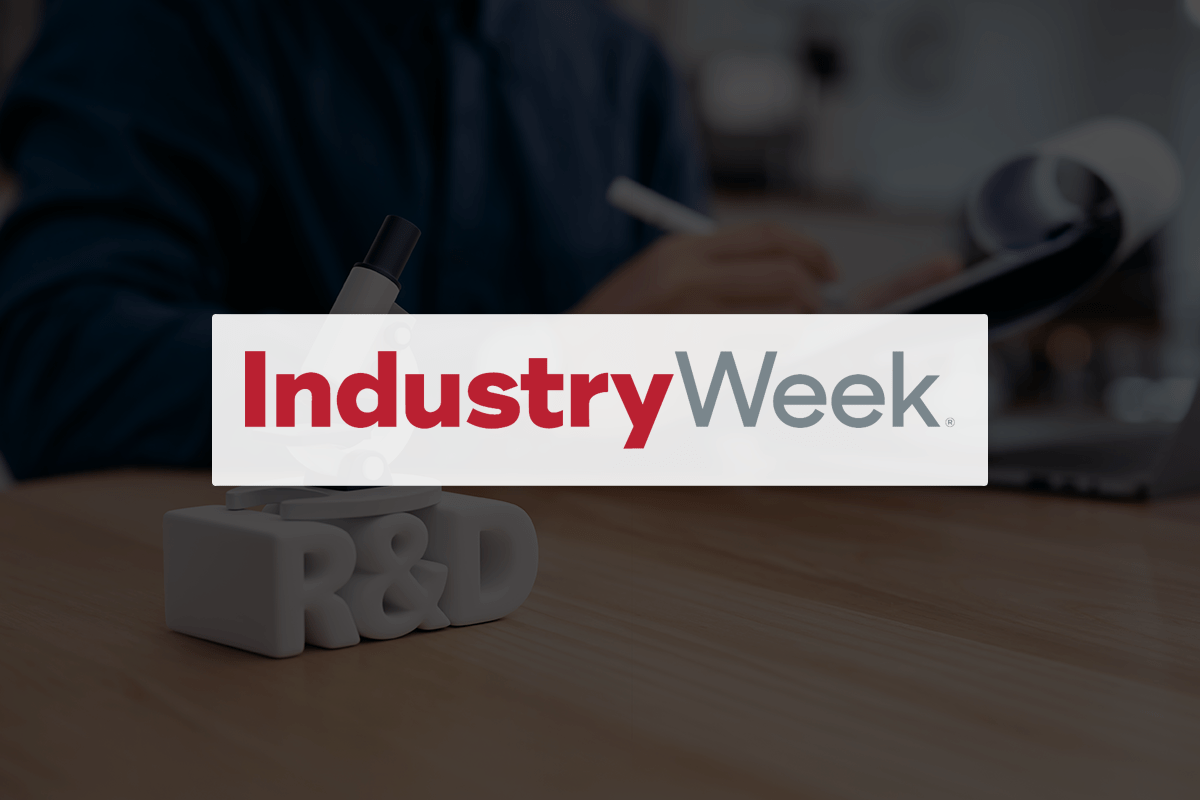[vc_row bg_type=”bg_color” bg_color_value=”#f5f5f5″ css=”.vc_custom_1618938311697{margin-top: 0px !important;margin-right: 0px !important;margin-bottom: 0px !important;margin-left: 0px !important;padding-right: 1em !important;padding-left: 1em !important;}”][vc_column][vc_column_text el_class=”article-info”]by Dhaval Jadav, alliantgroup Chief Executive Officer
September 5, 2017 | published in Reuters[/vc_column_text][/vc_column][/vc_row][vc_row][vc_column][vc_column_text]U.S. manufacturers hoping for comprehensive tax reform need to be patient. Despite the four broad principles laid out by President Donald Trump last week, the prolonged healthcare debate, looming deadline over government borrowing limits and the need for a new budget resolution suggest tax legislation may have to wait until next year.
Thanks to bipartisan proposals introduced in both the House of Representatives and Senate, however, some degree of tax relief may come sooner than anticipated. If the Invent and Manufacture in America Act becomes law, it would provide a tax cut for companies that make products domestically on the back of U.S.-based research and development.
While the R&D tax credit is largely under-utilized by American businesses, manufacturers have been more proactive. They accounted for nearly four out of 10 claimants, according to the latest Internal Revenue Service figures.
Technical work done on the factory floor to improve a product or process qualifies manufacturers for the credit, sometimes adding up to hundreds of thousands of dollars in savings. The sum depends on a number of variables. For example, a precision-parts manufacturer in Wisconsin recently received $210,000 in federal R&D tax credits for qualifying projects over four years, which included the development and design of components used in a larger valve system.
Larger companies with over $250 million in annual revenue have traditionally benefited disproportionately from the credit. Small and mid-size businesses often forgo the credit because of the regulatory headaches involved.
In recent years, though, there have been numerous changes made aimed at eliminating such hurdles. In 2014, the IRS and the Treasury Department announced that they would allow companies to take the alternative simplified credit when claiming the R&D credit on amended returns.
This approach is far simpler than the traditional “look-back” method that requires companies to stretch back to the 1980s to establish a baseline cost. Instead, the alternative process uses a prior three-year average of qualified-research expenditures divided in half as part of its calculation, thus easing the math and record-keeping requirements.
In addition, when the credit was made permanent in 2015, the legislation also included two important modifications that gave smaller businesses greater access.
The bottom line is that policymakers have been moving in the direction of expanding and strengthening a federal incentive that has pumped billions back into the U.S. economy. If signed into law, the Invent and Manufacture in America Act would be the latest in a line of pro-business changes.
For one thing, the legislation would help address the long-term decline in U.S. manufacturing. Since 2000, over 5 million jobs have been lost and some 70,000 factories closed or moved overseas. This in turn has separated much R&D from production, leading to less inventive, productive and competitive companies. Encouraging research and manufacturing to stay side by side, in America, could provide wide-ranging benefits to the U.S. economy and increase productivity.
The Invent and Manufacture in America Act would phase in an increase to the R&D tax credit by up to 25 percent for companies that perform the majority of their manufacturing in the United States. According to numbers released from Delaware Senator Chris Coons, one of the sponsors of the legislation, companies are twice as productive in their R&D efforts when research operations are located together with a manufacturing facility.
Put it all together, and the proposal would be a solid step in the right direction to help a manufacturing sector looking to revitalize itself, as it and other American companies await broader changes to the U.S. tax code.[/vc_column_text][/vc_column][/vc_row][vc_section][vc_row][vc_column][vc_separator][/vc_column][/vc_row][vc_row css_animation=”fadeInRight”][vc_column][vc_custom_heading text=”About the Author” use_theme_fonts=”yes” css=”.vc_custom_1621268389440{margin-bottom: 20px !important;}” el_class=”alt-h1″][/vc_column][vc_column width=”1/4″][vc_single_image image=”19281″][/vc_column][vc_column width=”3/4″][vc_column_text]Dhaval Jadav is Chief Executive Officer of alliantgroup, America’s leading provider of credits and incentives to businesses of every size. Dhaval co-founded alliantgroup in 2002; since its inception, his passion to help and serve U.S. businesses (and their CPA firms) has resulted in alliantgroup assisting thousands of businesses claim powerful cash-generating credits and incentives.[/vc_column_text][/vc_column][/vc_row][vc_row][vc_column][vc_separator][/vc_column][/vc_row][/vc_section][vc_row][vc_column][vc_row_inner][vc_column_inner]
[/vc_column_inner][/vc_row_inner][/vc_column][/vc_row]

